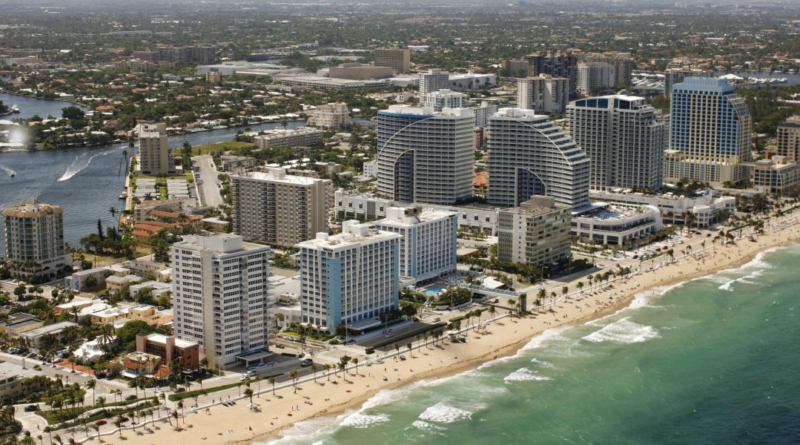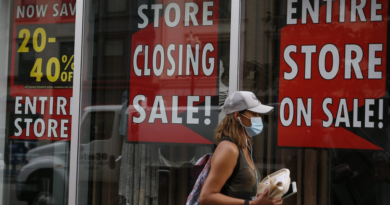There’s a wave of apartments coming, but building permits have plummeted almost 30% since the pandemic—and it could mean higher rents
A wave of apartments is coming, and we’re already seeing its effect: Falling rents, or minimal rent growth. It’s the talk of the town, but it isn’t the whole story. Permits for apartments, obtained by builders to construct homes, have plummeted close to 30% since the pandemic and are fewer than last year, too, according to a Redfin analysis of data from the U.S. Census Bureau.
Redfin listed two reasons why this is. First, interest rates are higher, which means borrowing costs to build homes aren’t cheap. Second: “There’s already a near-record number of new multifamily units hitting the market due to a building boom in recent years, making it difficult for some property owners to find tenants,” according to the analysis. “Less than half (47%) of new apartments that were completed at the end of last year were rented within three months—the lowest share since 2020.”
It can be a bit confusing to hear there’s a wave of supply coming, “a near-record number of multifamily units,” or “a building boom,” because as a country, we’re missing millions of homes. Still, as Redfin put it, while “multifamily building permits and starts have slowed significantly—both have fallen below their 10-year historical average—the number of units being completed is still at historic highs.” A lot of this is apartments that began the building process during the pandemic and are just being completed now: a backlog that’s keeping rents where they are. For instance, asking rents are less than 1% higher than a year ago compared to the 18% seen during the pandemic, per Redfin. To be clear, rents are still high and renters are still struggling, but they aren’t increasing exponentially anymore. That might not last long, though.
“Property owners might start jacking up rents again once all of the new apartments hitting the market fill up with tenants and there’s no longer so much supply, which could be the case in a year or two.” Sheharyar Bokhari, a Redfin senior economist, said in the analysis.
And like anything else in the housing world, there’s a lot of local variation. Cape Coral, Florida, and Austin, Texas permitted more apartments than anywhere else in the country this year, followed by Greensboro, North Carolina; North Port, Florida; and Omaha, Nebraska, among other metropolitan areas, particularly in the Sunbelt. (Florida is home to four of 10 metropolitan areas permitting the most multifamily homes, according to Redfin).
“Florida faces high risk from storms, flooding and sea level rise, and is the epicenter of the housing insurance crisis,” the analysis read. “But builders keep building because there’s still demand—partly due to the influx of out-of-towners who moved in during the pandemic. Permits may also be rising in Florida as homeowners continue to rebuild after Hurricane Ian in late 2022.”
Builders obviously build where there’s demand, and a lot of these places were pandemic boomtowns. Nevertheless, multifamily construction has slowed in the majority of areas that thrived during the pandemic. Austin is a great example, as Redfin points out, because it is “posting the biggest decline, despite still being the second largest permitter in the nation.” Although some markets are building more than they were during the pandemic, like Greensboro—and of course, in areas where building boomed, rents are mostly falling.
But where are the places with the fewest apartment building permits? California, specifically Stockton and Bakersfield, where no permits were issued in the first five months of this year; that shouldn’t surprise anyone, though, as its housing crisis is like no other.




